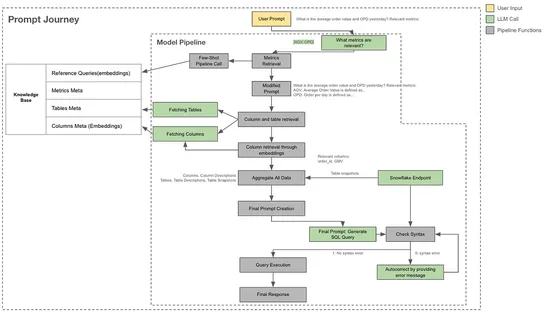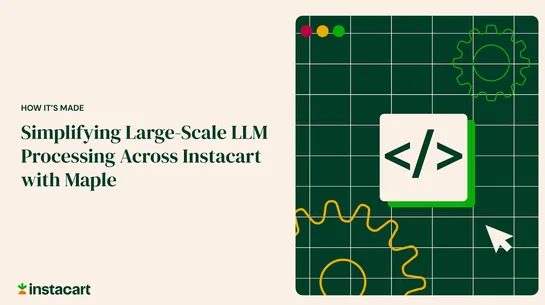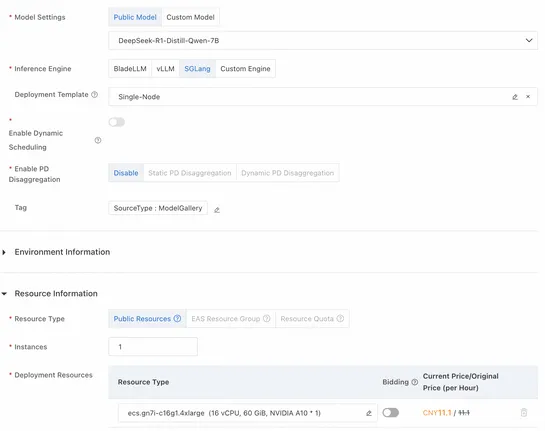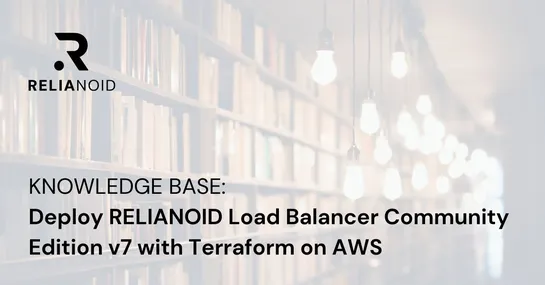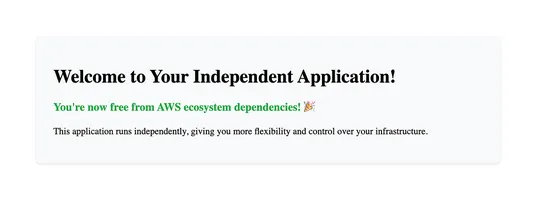OpenAI to launch its first AI chip in 2026 with Broadcom, FT reports
OpenAI’s firstin-house AI chipis nearly out of the oven. It’s headed for fabrication atTSMCand built to handle OpenAI’s own workloads—no outside sales, according to theFinancial Times. Why it matters:Big AI shops are going vertical. Custom silicon means tighter control over runtime, reliability, an..




